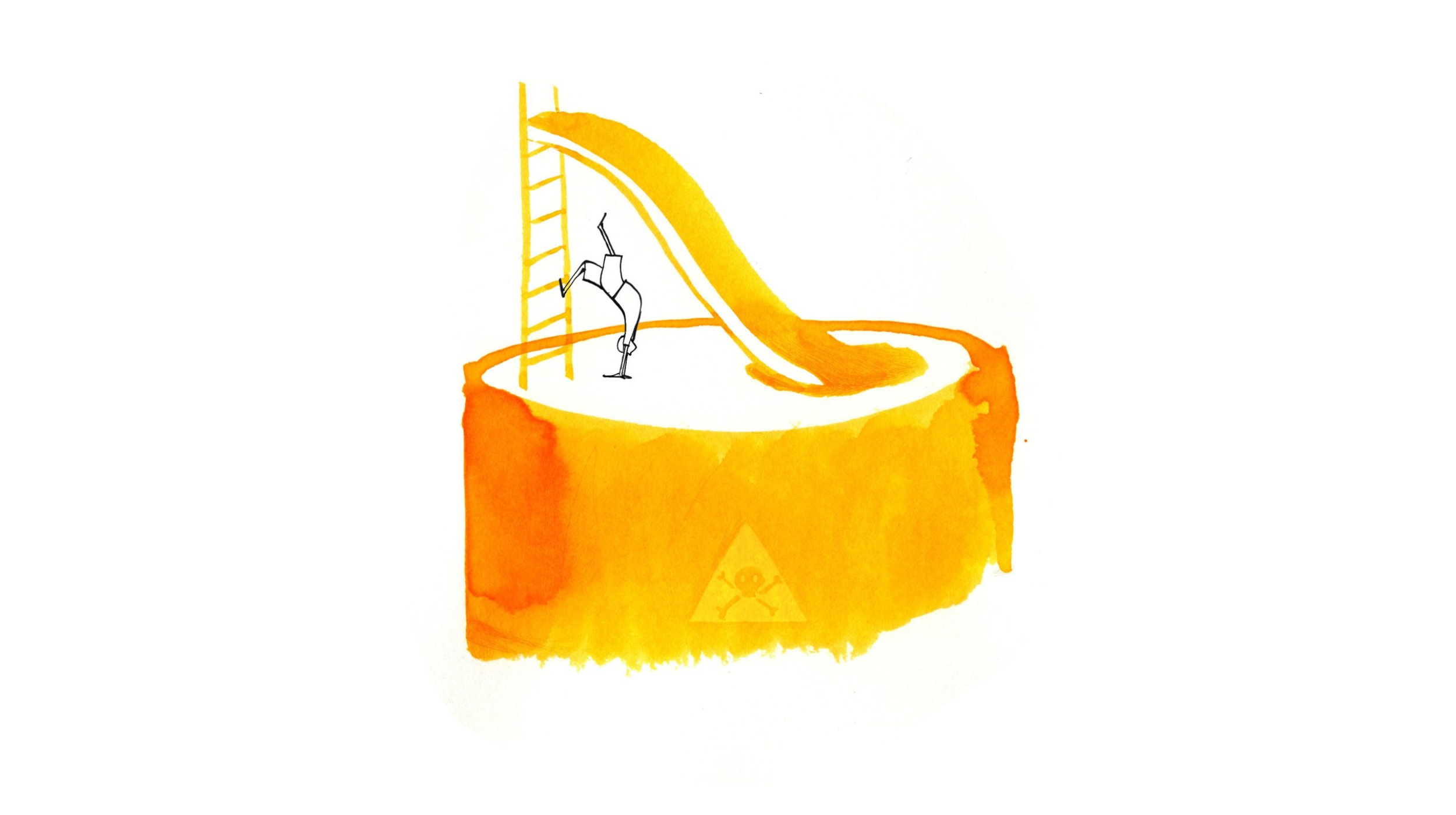Current EU chemicals laws allow severe children’s rights violations. How can we stop this?
Our new report uncovers the links between hazardous chemicals and children’s rights violations in the European Union (EU) and beyond. It sets out how EU chemical laws fail to uphold children’s rights and invites EU decision makers to rethink how to better assess, regulate and restrict those chemicals. Children’s rights violations linked to the exposure to hazardous substances have been neglected for too long. Decision makers now have the opportunity to make things right.
Shedding light on a neglected children’s rights issue
Children are entitled to all human rights. Not because they are the "adults of tomorrow" or "the future", but because they are human beings today. The EU and its Member States have committed to respect, enforce and protect these rights under both United Nations and European legally binding texts. Those include (but are not limited to) the UN Convention on the Rights of the Child and the EU Charter of Fundamental Rights.
However, in their daily lives children are exposed to a wide range of dangerous substances, such as bisphenols, phthalates and forever pollutants. These can have particularly damaging effects on children’s health. Children are worst affected by harmful substances, even at very low doses. Their exposure has long-term and irreversible adverse effects on their health including (but not limited to) childhood cancers, IQ loss, asthma, diabetes and obesity.
Exposure to hazardous chemicals violates children’s right to health, life, play, safe water and bodily integrity, amongst others.
The ongoing chemical contamination of people and the environment also reinforces environmental and social injustices. Children from marginalised communities who live in the most polluted areas called “sacrifice zones” are particularly vulnerable to exposure to hazardous chemicals.
How current EU chemicals laws enable the violation of children’s rights
This far reaching contamination - and the related children’s rights violations - happens under EU laws currently in force. The EU has an extensive body of chemicals laws, but they poorly address - often don’t even mention - children’s rights. They leave the door open to children being exposed to harmful substances. Efficiently protecting children requires for their rights to be fully upheld under the EU chemicals laws. Vast quantities of harmful substances are still being placed on the EU market, and can end up in child care products as well as in consumer goods in contact with food and water. For all these reasons, we believe that the EU needs to swiftly reform chemicals laws in a way consistent with children’s rights.
Why this report and how can you make use of it?
Our report connects the dots between exposure to harmful chemicals, violations of children’s rights and failures of the EU that led to these violations. It provides an overview of several cases of breaches of children’s rights linked with exposure to harmful chemicals in the EU and beyond, and outlines how the current EU laws allow harmful contamination to happen.
This overview is a tool for stakeholders and decision makers shaping EU chemicals laws to better comprehend and uphold children’s rights. We outline which legally binding texts the EU is required to uphold in order to respect children’s rights, and how these are currently being violated.
An opportunity for EU decision makers to “build the best possible life for children in the EU”
Our report is an invitation to question the way children’s rights are currently upheld against exposure to harmful substances under EU chemicals laws. These interconnections are particularly important to consider in the ongoing review of EU chemicals laws.
EU institutions have several pivotal revisions on their plate, which relate to their delivery on the promises of the EU Chemicals Strategy for Sustainability and upholding children’s rights. As such, the new EU decision makers elected in 2024 at the EU Parliament and the EU Commission must continue with revision efforts, working towards protecting children from harmful chemicals under an ambitious review of EU chemicals laws.
An approach that will better uphold children’s rights in the EU
Enough data is available to know there is a need for action. To live up to their ambition to “build the best possible life for children in the EU”, EU institutions must adopt all measures necessary to protect children from exposure to harmful chemicals. Our report therefore suggests the following measures:
Fully recognising and comprehending children’s rights under EU chemicals legislation, as children should be empowered as right holders under each and every EU chemicals law and policy.
Improving data collection and sharing of information on harmful chemicals.
Better assessing and managing chemicals, as precaution and prevention should be the guiding principles in the EU.
Ensuring access to justice in case of violations and guaranteeing the full enforcement of EU chemical laws will contribute to ending severe children’s rights violations caused by exposure to hazardous substances.
The UN and EU child rights frameworks should be a key compass for decision making at the EU level. If the EU does not efficiently phase out harmful substances while it has the opportunity to do so, EU institutions, Member States and businesses will continue to be responsible for not stopping the long-term contamination of children - and therefore, severely violating children’s rights.


